ENA report shows significant physical violence towards ER nurses. This needs to change. We can help.
Estimated reading time: 2 minutes, 26 seconds
Every day, violence in hospitals is saturating the headlines. Staff injuries and workplace violence have become far too common. Security teams and nursing staff are left emotionally and physically exhausted.
Nurses and hospital staff have enough stress day-to-day and violence in the emergency department should not be one of them. ER violence is on the rise and the Pinel De-Restraint System is here to help make your job easier and keep you safe. The Pinel System is stronger, faster and easier to apply than traditional restraint systems.
It is one system – one size – for all patients – in all scenarios.
An ENA report shows significant physical violence towards ER nurses. This violence is partly due to the speed in which restraints are applied. In general, it takes staff 10 minutes and 40 seconds to restrain a violent patient.
With the Pinel De-Restraint system, it takes only 30 seconds with 4 staff members. This makes the Pinel system over 20 times faster than other systems.
Less time in combat = less time to become injured. But how is this possible?
Controlling the upper body is one of the most critical parts of emergency restraining. Unlike other restraint systems, the Pinel System allows the security and nursing team to restraint the patient immediately when they enter the ER department. The large utility belt can be applied to the standing patient to give the staff strong and immediate control of the upper body. This allows the staff to direct them to the stretcher, hold down their upper body and prevent the patient from headbutting, biting or turning over the stretcher. By controlling the upper body, the application of the limb straps is also faster and easier.
The Pinel De-Restraint system is universally sized and the limbs are all interchangeable.
This allows the staff to just grab-and-go. There is no need to worry about applying specific foot/arm restraints – our system consists of one standard size limb belt. In addition, the limb belt contains one-way Velcro that makes application effortless. The Velcro system allows you to simply control the limb in the air with the restraint. Controlling the limbs quickly will prevent staff from being the victim of outward limb strikes. The system is also made from Kevlar, making is much stronger and much more secure for combative limbs. However, speed is only part of the puzzle – with speed and strength must come flexibility.
To learn about how our de-restraint system works, check out this blog.
Once the patient is controlled, the Pinel De-Restraint System allows you the flexibility to tighten or reduce the number of restraints according to the patient’s needs and behavior. The goal is to remove the restraints as quickly as possible. Once the patient calms down, the system can be easily adjusted so that the patient can scratch their nose or sit upright. You can even turn the system into a walking restraint so they can be ushered to tests or other departments without ever being fully released. Giving the patient these little freedoms help to calm them and keep your ER and staff safer.
If you’re interested in learning more about how we can support you and your team manage workplace and patient violence, please book your free consultation with us or visit our booth at the Magnet Conference in Atlanta, Georgia from November 11th-13th. We look forward to helping you find the right solutions for your specific needs.
Visit our booth at the Magnet Conference in Atlanta, Georgia from November 11th-13th.
For information on how how Pinel Medical optimizes hospital procurement and training, check out this blog.



